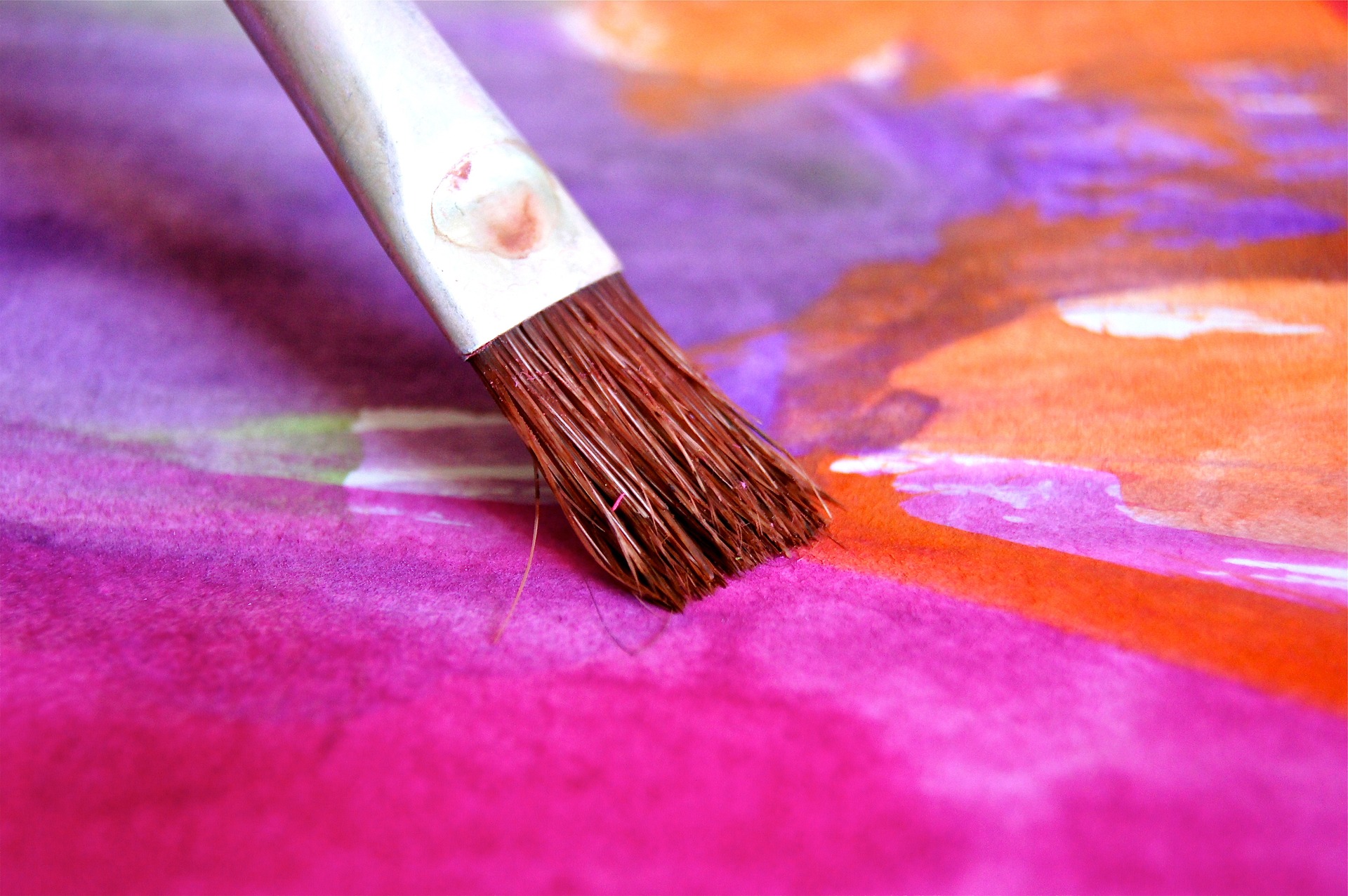Can Art Play a Positive Role in Recovery?
When I was in active addiction to alcohol, drinking was my number one hobby. Everything revolved around it. If I couldn’t do it drunk, I wouldn’t do it at all.
When I got sober almost three years ago, I quickly realized I needed more hobbies to occupy my time. In addition, I needed an outlet for the surge in creative energy that I was experiencing. I think this is because humans were born to create. We weren’t meant to sit around, wasting time and killing brain cells.
Life Before Addiction
I asked myself, What was I into before I started drinking? and then I remembered, Oh yeah. I smoked a lot of weed. I can’t do that anymore. So, I had to look even farther back into my life. I had to dig deeper into my soul and ask, What hobbies did I enjoy as a child? What was I good at?
And, then I remembered-art. As a kid, I loved to sketch and get creative with my hands. Unfortunately, I never left much space for artistic endeavors in my adult life, because I was always busy with other things like college, work, getting high, or drinking.
I bought a sketch pad and some charcoal pencils. They were like artifacts in my hands, connecting me to ancient roots. This is who I am, I thought. I started drawing, using the same techniques I never learned. What I mean by “never learned,” is that when I draw, I go into an almost trance-like state, like meditation. I don’t try too hard and I don’t put a lot of thought into my actions. I simply create.
Recently, I learned that this state of being is called the “flow” state, and the research behind it is fascinating.
Harvard Research
In a Harvard Business Review article, Steven Kotler explains, “In flow, the brain releases norepinephrine, dopamine, endorphins, anandamide, and serotonin,” describing them as the most important chemicals for sensations of pleasure and reward. In addition, he found the only time the brain is capable of producing all five chemicals at the same time is when it is in flow, saying, “This makes the state one of the most pleasurable, meaningful and — literally — addictive experiences available.”
Kotler expresses that flow can positively impact all endeavors, but seems to have the largest impact on creative tasks.
Reconnecting with my artistic self has helped my recovery tremendously. Not only do I benefit from the flow state that Kotler describes, but I also experience a sense of pride when I look at my finished work. That pride boosts my self-esteem, and that self-esteem contributes to my identity.
Being an artist is a part of my identity that alcohol tried to steal from me. Fortunately, I managed to revive my creative spirit, and now that I’ve got it back, I won’t ever let it go again. After all, I’m addicted, and it feels fantastic to be addicted to something healthy and productive.
See Katys Blog HERE







1 Comment
Pingback: The Role of Art In my Recovery - Seen and Green